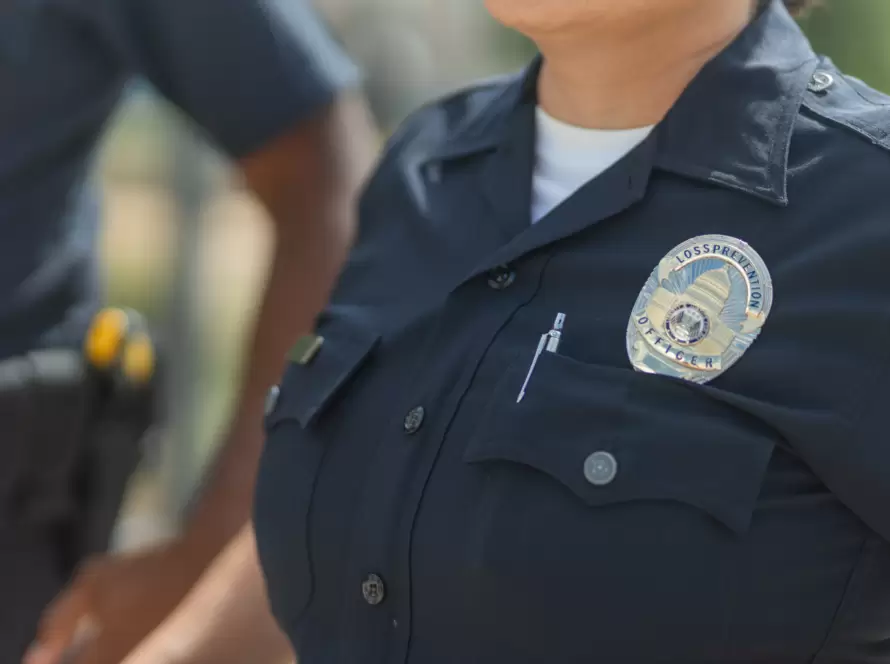Generated by Contentify AI

Introduction:
When it comes to firearms, state laws are often the most important factor in determining when and where it is legal to carry a gun. These laws vary widely from state to state, making it important for those who plan to carry a firearm to understand the regulations that apply in their state.
In the United States, the right to bear arms is guaranteed by the Second Amendment to the Constitution and is therefore protected by the Supreme Court. However, this right is not absolute and states have the authority to regulate firearm possession and carrying. This article will discuss the history of these laws and how they have changed over time.
The first state laws regulating the possession and carrying of firearms were enacted in the 19th century. At this time, most states had adopted some form of regulation, but they were largely focused on the regulation of pistols and shotguns rather than rifles or other firearms. During this period, most states regulated the carrying of firearms in public and imposed restrictions on who could possess them.
In the 20th century, state laws began to adopt more stringent regulations, including restrictions on the types of firearms that could be carried in public and the circumstances in which they could be possessed. In some cases, the laws even made it illegal to carry a firearm without a permit. In addition, some states began to require background checks for those who wanted to purchase a firearm.
In recent years, many states have adopted even stricter regulations, including the requirement of a concealed carry permit for those who wish to carry a firearm in public. Some states have also adopted laws that allow for open carry of firearms. In addition, some states have adopted laws that allow for the carrying of firearms with certain restrictions, such as the requirement of a license or permit.
The history of firearm carrying regulations in the United States has been one of evolving laws that have become increasingly strict over time. The regulations vary widely from state to state, so it is important for those who plan to carry a firearm to understand the regulations that apply in their state.
Historical Overview:
The history of firearm carrying regulations in the United States is complex and varied, with individual state laws often conflicting or overlapping. According to the Second Amendment of the United States Constitution, citizens have the right to bear arms, but the concept of firearm regulation began almost as soon as the country was founded. In the late 1700s, states began passing legislation that prohibited or regulated the carrying of certain firearms in certain locations.
In the 19th century, states passed more laws regulating the carrying of firearms, with some states adopting constitutional provisions similar to the Second Amendment. In the early 1900s, the first federal laws regulating firearms were passed, with the National Firearms Act of 1934 and the Federal Firearms Act of 1938. These laws placed restrictions on who could possess certain firearms and required a license for the sale of certain firearms.
In the late 20th century and early 21st century, state gun laws have become increasingly restrictive. In 1986, the Firearm Owners Protection Act implemented stricter regulations on the sale and possession of certain firearms, including banning the sale of machine guns. Since then, several states have adopted laws that restrict the open and concealed carry of firearms in certain areas. In addition, most states have enacted laws that make it illegal to carry a firearm without a permit.
The regulations on firearm carrying vary widely from state to state, and the debate over the appropriate level of restriction is ongoing. As the nation continues to grapple with issues of gun control and public safety, the history of firearm carrying regulations will remain an important part of the conversation.
State Regulations:
The history of firearm carrying regulations in the United States is a complex one. It is a history that stretches back to the very founding of our country and has been shaped by a multitude of federal, state, and local laws, court rulings, and other regulations.
At the federal level, the Second Amendment to the US Constitution protects the right of citizens to bear arms. However, this right is not unlimited, and there are many restrictions in place that limit how, when, and where firearms are allowed to be carried. Over the years, these restrictions have been implemented and adjusted to meet the needs of the populace and to protect public safety.
At the state level, each state has its own laws regarding firearm carrying regulations. While some states, such as Vermont, allow for open carrying without a permit, others, such as California, require a permit to carry a concealed handgun. Furthermore, each state has various restrictions on who may carry a firearm, and may also set age or training requirements for carrying a firearm.
At the local level, municipalities can also implement their own ordinances that further restrict firearm carrying. These ordinances are typically in addition to any state laws, and can be especially important for cities that have high crime rates or a large number of tourists.
By understanding the history of firearm carrying regulations, it is possible to get a better idea of how our nation has evolved in terms of public safety and the right to bear arms. It is also a necessary step for anyone considering carrying a firearm in order to understand their state’s laws and any potential local restrictions.
Recent Changes:
The history of firearm carrying regulations in the United States is a complex and often confusing topic. It is important to understand the laws governing the carrying of firearms in order to comply with them. In this article, we’ll take a look at the history of firearm regulation in the United States and the changes that have taken place over time.
Firearm carrying regulations in the U.S. can be traced back to the early days of the nation. During the Revolutionary War, many of the newly formed states passed laws regarding the carrying of firearms. These laws were often aimed at controlling the sale and use of firearms, but they also laid the groundwork for future regulations.
As the nation grew and more states joined the Union, they continued to pass laws regulating firearms. In the late 1800s, many states began to pass more restrictive laws, such as bans on carrying concealed firearms. These laws were often aimed at keeping criminal elements in check and keeping public safety a priority.
In 1934, the National Firearms Act was passed, which regulated the sale and transfer of firearms. This law also placed restrictions on the types of firearms that could be owned and carried. This was followed by the Gun Control Act of 1968, which included further restrictions on the types of firearms that could be owned and carried.
The modern era of firearm regulation began in the late 1970s and early 1980s. During this time, many states began to pass laws requiring licensing for concealed carry permits. These laws were aimed at reducing crime and keeping firearms out of the hands of criminals.
Today, the carrying of firearms is regulated by a complex combination of federal, state, and local laws. Each state has its own set of laws governing the carrying of firearms, and it is important to understand these laws in order to comply with them. Additionally, federal laws and regulations have been passed over time, which also need to be taken into consideration when carrying firearms.
The history of firearm regulation in the United States has seen a number of changes over the years. From the earliest days of the nation to the present day, these laws have been crafted in order to keep the public safe and ensure that firearms are used responsibly. It is important to understand the current laws in order to comply with them and keep yourself and others safe.
Conclusion:
The history of firearm carrying regulations in the United States is a complicated and varied one, as laws vary from state to state and have changed over time. In general, however, the federal government has traditionally regulated the interstate transportation of firearms, while individual states have had the authority to regulate the possession and carrying of firearms within their own borders.
In general, most states have laws that regulate the possession, transportation, and use of firearms. These laws may specify who can carry firearms, where they can be carried, and when they can be carried. Most states also have laws that require a license to carry a concealed firearm in public. Some states also require a permit to open carry a handgun.
In addition to state laws, the federal government also regulates firearms. For example, the National Firearms Act of 1934 prohibited certain types of firearms, such as machine guns, and imposed a tax and registration requirement on owners of such firearms. The Gun Control Act of 1968 further regulated interstate sales of firearms and imposed a five-day waiting period on handgun purchases.
The history of gun control laws in the United States is a long and complicated one. Although the laws have changed over time, the basic principles of regulating firearms and the possession and use of firearms remain the same. As the debate over gun control continues, it is important to understand the history and current regulations so that we can make informed decisions about our laws and our rights.



